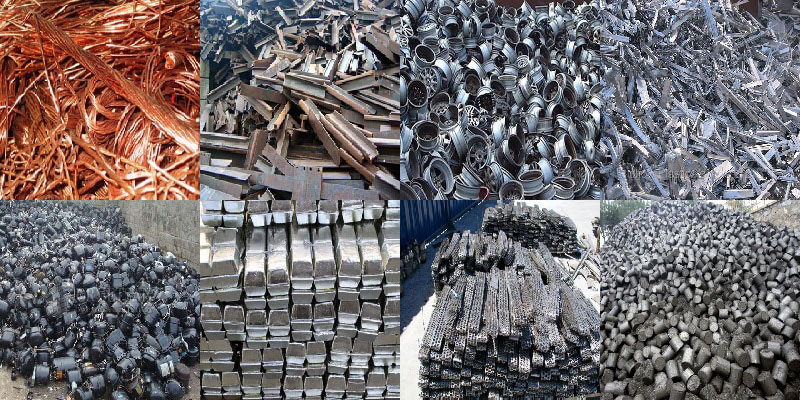
ZAMAK
What is ZAMAK? Zamak alloy, on the other hand, is a material that can be called a zinc alloy because it contains mostly zinc, consisting of zinc, aluminum, magnesium and copper. Zamak was found in the United States in the 1920s. Found by The New Jersey Zinc Company, Zamak takes its name from the initials of German zinc (Zink), aluminum (Aluminium), magnesium (MAgnesium) and copper (Kupfer). It is an extremely durable alloy that is resistant to breaking, stretching and breaking. Its production is also very common in Turkey and it is produced mostly by India and China in the world. These names also provide an insight into the hardness of the alloy. Zamak is a flexible and durable material that is resistant to impacts. With injection and centrifuge methods, zamak, which is in liquid state at approximately 400ºC, is formed by cooling together with steel molds and model tires in zamak casting machines. Zamak Production Processes To summarize briefly with a flow chart; ORE (ZnS) Casting
Zinc, the fourth most used metal in the world metal market, is the 27th most abundant element in the earth's crust.
Zamak takes names such as zamak 7 – zamak 12 according to the proportions of the main components in it.
Zamak production generally takes place in two stages. These are Hydrometallurgical and Pyrometallurgical processes.
Crushing Grinding (0.1 mm)
Flotation
roasting
Neutralizer Leaching
Solution Cleaning
Electrolyte Preparation
Electrolysis
Electrolytic = Zn
Zn Melting
Controlled Addition of Required Alloying Elements (Al, Mh, Cu)
(Metal Mold)
ADVANTAGES
long life span
Low energy cost
Easy to machine
Thin coating feature
Anti-sparking
Robustness and hardness
precision tolerance
Operational flexibility
Usage Areas of Zamak Alloy
Zamak alloys are a highly usable material throughout the industry. Mainly in the automotive sector, household goods industry, hardware, office machines, photography and cinema machines, tools used in agriculture and mining, military equipment, electronic devices, sports equipment, toys, ready-made clothing industry, button and zipper production, automobile radiators, radio grilles, carburetor, fuel pump, metal door handles, washing machine and refrigerator parts, radio chassis, lighting equipment, microphone, engine housing, electrical kitchen appliances, bathroom pipe connections, padlocks and yale door locks, highway marking and safety signs, LPG parts , phone body…
